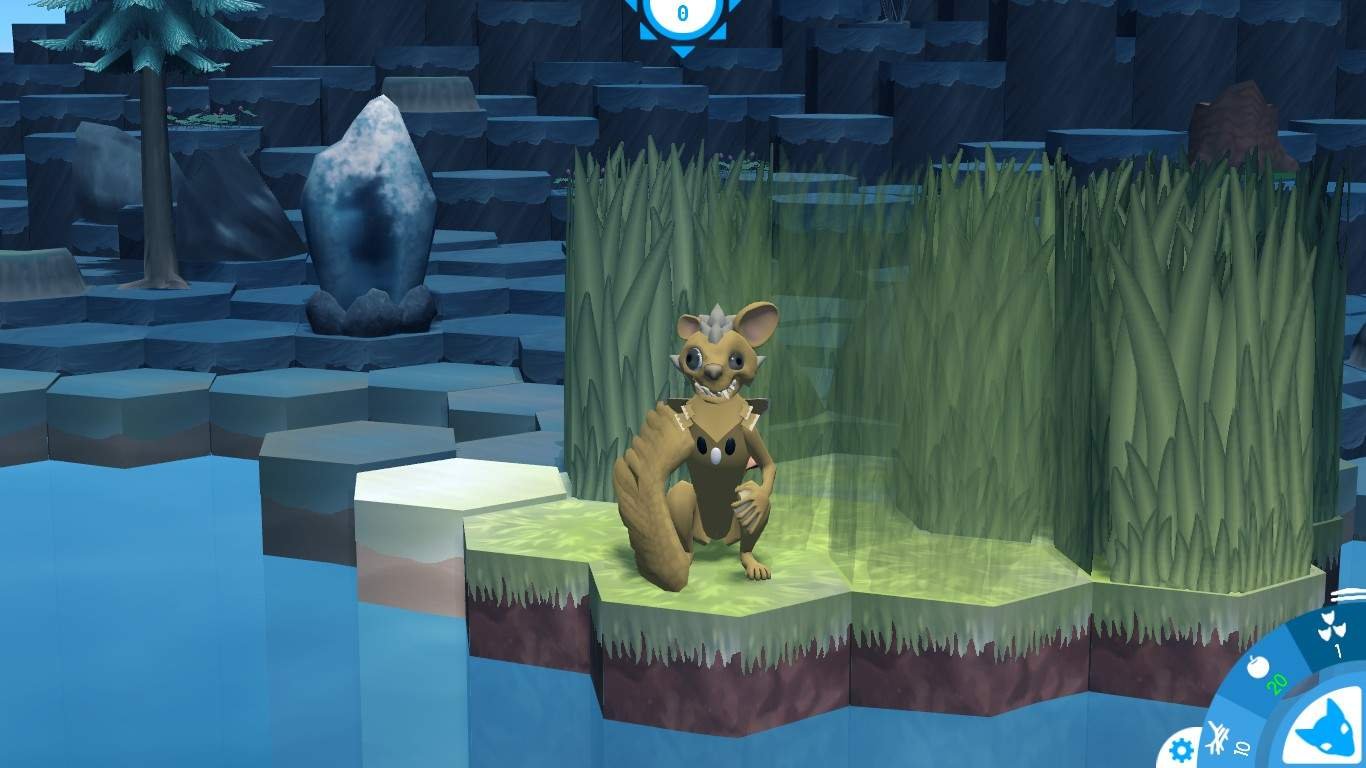

The former is made of plant protein, while the latter does not need to kill animals. At present, there are two main types of artificial meat, plant meat and cell culture meat. If you want to replace traditional animal husbandry, you have to mention artificial meat. Obviously, in order to solve the global food crisis and save more people from hunger, it is imperative to transform the traditional meat and animal husbandry industries. 110 species of insects and animals disappear every day due to the deforestation of tropical rain forests, and animal husbandry is the main cause of species extinction, marine pollution, water pollution, and destruction of animal habitats. Animal husbandry has caused 90% of the destruction of the Amazon rainforest. In addition, 1-2 acres of tropical rainforest are cut down every second on the earth. In other words, if all meat eaters are turned into vegetarians, the earth can feed 18 times more population. 1.5 acres of land = 170 kilograms of meat = 16,783 kilograms of plants food.

The land area required by meat eaters is 18 times that of vegans. Livestock occupies 45% of the earth's land resources. It also allows more people around the world to understand the truth about traditional animal husbandry.Īt the same time, 1/3 of the world's land is deserted by animal husbandry. In June 2014, the documentary "The Cow Conspiracy: A Secret That Can Never Be Said" filmed by American director Jeep Anderson premiered in Los Angeles, which explored in depth the impact of animal husbandry on the ecological environment and its connection with desertification, pollution and other environmental issues. In this regard, Arna Runarsdottir, director of protein technology at ORF Genetics, said, "The population is increasing and we must feed everyone." Traditional animal husbandry has brought huge waste of resources Recently, ORF Genetics, the world's top plant biotechnology company, and researchers in Iceland are using genetic modification technology to cultivate more than 100,000 types of bio-engineered barley in a 22,000 square foot greenhouse for the production of artificial cell culture meat. Artificial meat may be a feasible method, after all, global animal husbandry consumes a lot of arable land and resources.


 0 kommentar(er)
0 kommentar(er)
